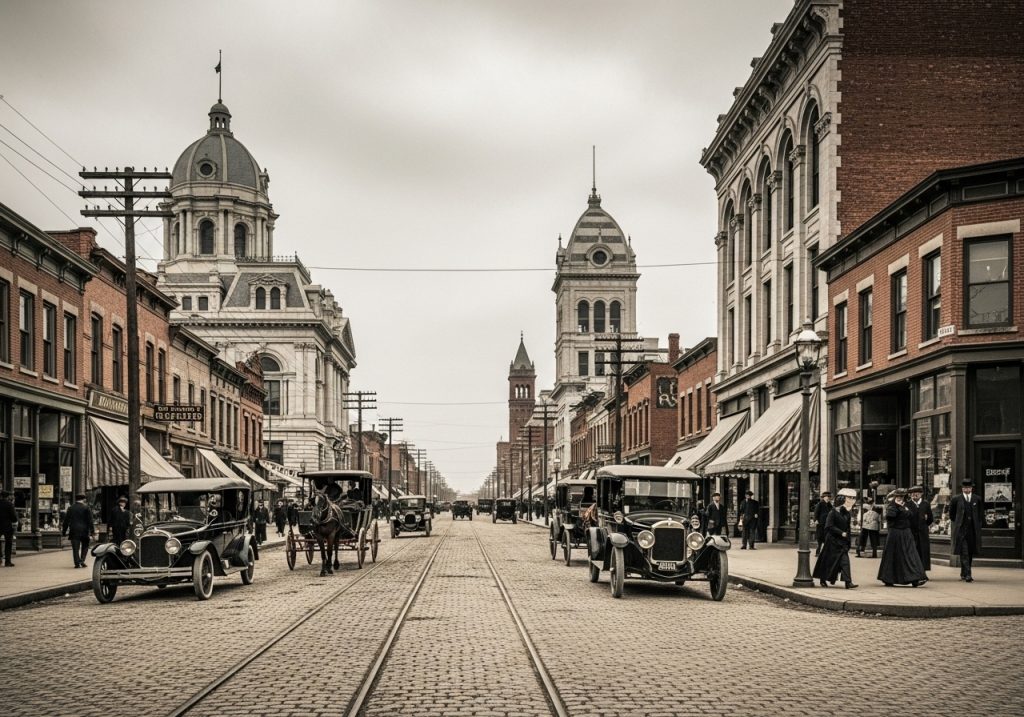
Throughout the 20th century, Dayton continued to grow as a center of industry and innovation. The city became a major manufacturing powerhouse, especially during World War I and World War II, producing aircraft engines, automotive parts, and other critical war materials. Companies such as National Cash Register (NCR) and Delco Electronics established Dayton as a leader in technology and manufacturing.
However, Dayton also faced challenges, including economic downturns and social unrest. The Great Dayton Flood of 1913 was a significant natural disaster that devastated much of the city but also led to the development of an advanced flood control system that still protects the area today. Later in the century, the decline of manufacturing hit Dayton hard, resulting in job losses and population decline. Despite these hardships, Dayton has continually reinvented itself by fostering new industries such as healthcare, education, and technology.
Today, Dayton is known for its rich aviation heritage, cultural institutions, and educational facilities. The National Museum of the United States Air Force, located just outside the city, attracts visitors from around the world. Dayton’s history as a center of innovation continues with efforts to revitalize its downtown and expand technology-driven industries.
The city’s legacy as the birthplace of powered flight and its contributions to American manufacturing and invention remain points of pride for residents. Dayton’s story is one of resilience, creativity, and a pioneering spirit that continues to shape its identity well into the 21st century.
Dayton, Ohio, is a city rich in history, innovation, and cultural significance. Situated along the Great Miami River in the southwestern part of the state, Dayton’s story begins long before modern settlement, rooted in the lives of Native American peoples who inhabited the region for thousands of years.
The area around Dayton was originally home to various Native American tribes, including the Miami people. The fertile river valley and abundant natural resources made it an ideal location for settlement. European-American pioneers began moving into the region in the late 18th century following the American Revolution, attracted by the promise of land and opportunity. The city itself was officially founded in 1796 by a group of settlers led by Daniel C. Cooper and named after Jonathan Dayton, a young Revolutionary War soldier and statesman.
Dayton rapidly grew during the 19th century as a transportation and manufacturing hub. Its location on the Miami and Erie Canal and later the development of railroads helped connect Dayton to larger markets, fostering economic expansion. The city became known for its innovation in manufacturing, particularly in the production of tools, engines, and machinery. This era also saw the rise of significant figures like the Wright brothers, Wilbur and Orville, who grew up in Dayton and would go on to invent powered flight.
Perhaps the most famous aspect of Dayton’s history is its connection to the Wright brothers. Their bicycle shop in Dayton was the birthplace of many of their early experiments with aerodynamics and flight. The city’s supportive industrial environment and technical community helped nurture their groundbreaking work. In 1903, after years of meticulous study and experimentation, the Wright brothers achieved the first controlled, powered airplane flight at Kitty Hawk, North Carolina — a milestone that forever changed transportation and technology worldwide.